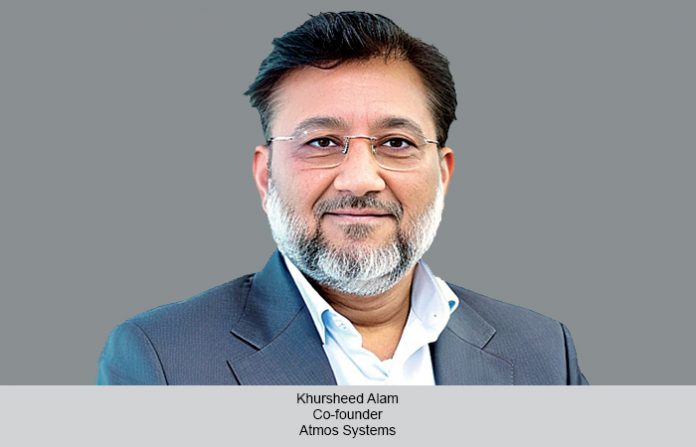Often operating behind the scenes, MHE forms the backbone of modern warehousing and logistics operations. From facilitating the seamless movement and storage of goods to ensuring timely retrieval and dispatch, these systems enhance precision, speed and productivity across the board.
India’s warehousing and logistics sector is witnessing a remarkable transformation, driven by growing demand from both global and domestic players. A recent CBRE report indicates that nearly 70 per cent of APAC-level occupiers plan to expand their warehousing footprint in India within the next two years. This heightened interest is part of a broader strategic shift among companies to diversify supply chains and reduce dependence on single-market operations. At the core of this transformation lies an unsung enabler of industrial efficiency — Material Handling Equipment (MHE). Often operating behind the scenes, MHE forms the backbone of modern warehousing and logistics operations. From facilitating the seamless movement and storage of goods to ensuring timely retrieval and dispatch, these systems enhance precision, speed and productivity across the board. The spectrum of MHE solutions today includes conveyor systems, scanning, sorting and storage solutions, each playing a vital role in streamlining operations and optimising workflows.
The surge in sectors such as e-commerce, 3PL and manufacturing has further fuelled the demand for robust and efficient warehousing solutions, making MHE an indispensable part of the supply chain. This growth has also turned the Indian MHE market into a highly competitive arena for both domestic and international manufacturers. Increased investments in research, innovation and automation are continuously redefining the contours of the industry.
Driven by cutting-edge technologies, modern automated MHE is revolutionising industrial operations. These advanced systems can perform repetitive tasks with accuracy and enhance overall productivity by streamlining complex workflows. AI, ML and IoT integration empower MHE with predictive maintenance capabilities and real-time process optimisation. AI algorithms are employed to analyse operational data, detect anomalies and reduce downtime, making the entire system more responsive.
As warehouses evolve into high-tech hubs, manufacturers are focusing on a human-centric design. The next generation of MHE is being engineered with an emphasis on operator comfort and safety. Features such as adjustable height, intuitive digital interfaces and remote-controlled functions are making equipment more user-friendly thereby reducing the risk of operator injuries and enhancing ease of use.
Sustainability has emerged as a critical pillar in the future of MHE. Domestic and global markets are placing emphasis on energy efficiency and environmental responsibility. As a result, eco-friendly designs and green technologies are gaining widespread adoption. From electric forklifts and solar-powered charging stations to the integration of Industry 4.0 solutions, the sector is making strides toward reducing its carbon footprint. These initiatives align with global sustainability goals and provide long-term cost savings for operators.













